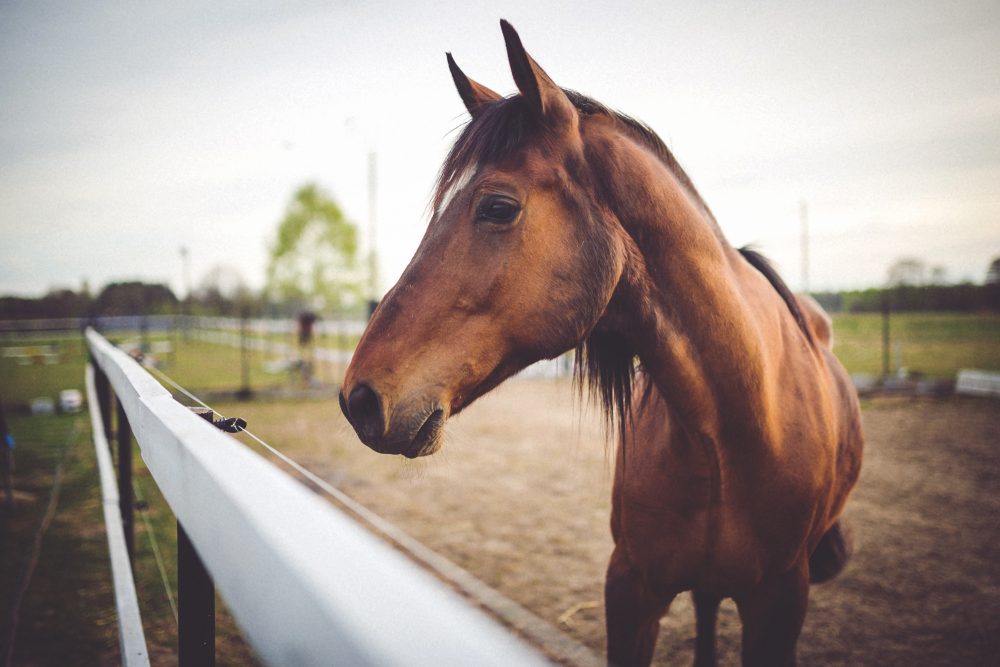The Importance of a Pre-Purchase Exam When Buying a Horse
Buying and caring for a horse can be one of the biggest investments you’ll ever make, both money and time-wise. But if you’re eager to do it and just happened to find the horse of your dreams, before you sign the sales contract and load her into the trailer to take her home, you need to perform a pre-purchase exam. Or, you can just do a simple veterinarian check to get some insight into the horse’s general health so that you can make sure you’re making an informed and smart decision before paying a hefty sum of money.

Many people think that performing a pre-purchase exam is as simple as calling a vet, pointing to the horse and expecting them to do all the work. While sometimes that may be the case, oftentimes, your vet will need your participation to maximize the usefulness of the exam for you. Thanks to the many different veterinary supplies and diagnostic tools that modern veterinary technology employs, you can find out much more about the horse’s health than people could just several years ago.
However, having a veterinarian help you with a pre-purchase exam is going to cost you a ton of money, so what many people, including myself, do is purchase a bunch of essential veterinary supplies required for a fast check-up, and perform the exam ourselves. While you do need a certain level of experience with horses to be able to perform a basic health evaluation, getting some basic information is actually quite easy. Every vet has their order of events, but most of them start with a physical evaluation that includes listening to the heart and lungs, examining the teeth, eyes, and ears, and taking temperature, respiration and pulse readings.

And of course, you need to evaluate the horse’s conformation. This isn’t always necessary, but if the horse is going to be used for specific purposes, like show jumping, the test may reveal issues and convince you that the specific horse isn’t meant for it. Further, evaluating the hooves and how the animal is shod is important, as the hoof can be indicative of bone deviations that can lead to lameness down the line. You can easily figure this out on your own by using hoof testers, which are basically metal, tong-like tools used to apply pressure in different areas to the horse’s foot. Reaction or sensitivity can be an indicator of soreness, inflammation, poor shoeing, sole bruising or heel pain.

